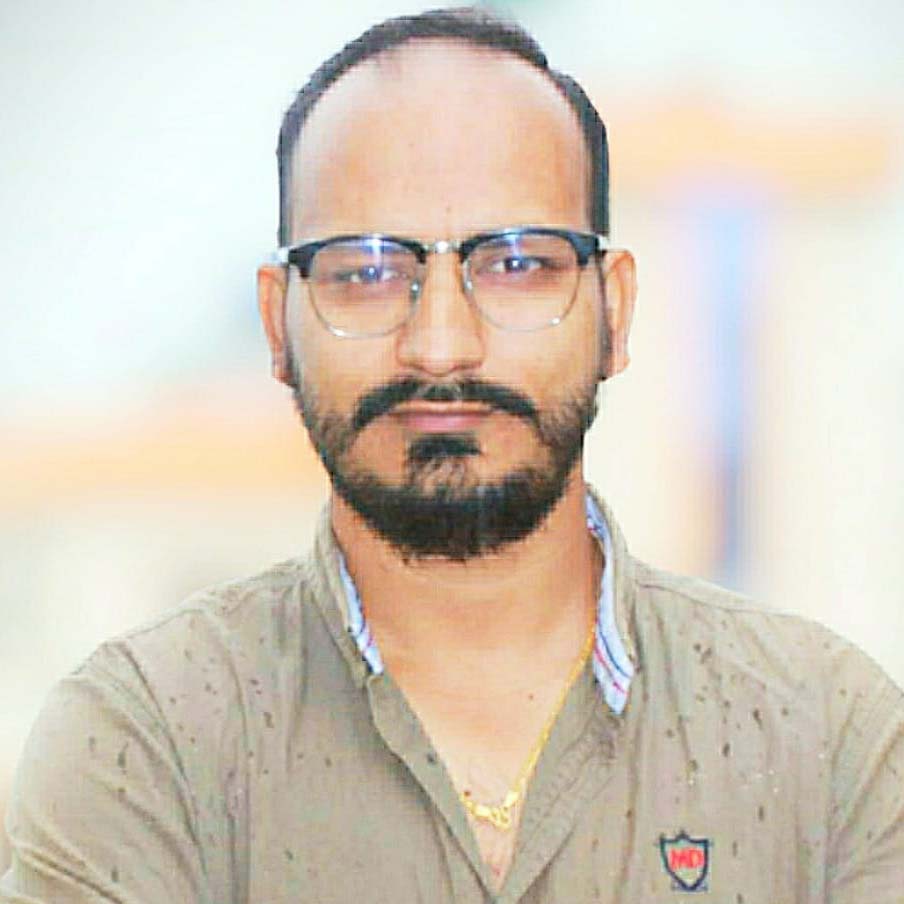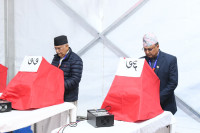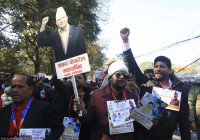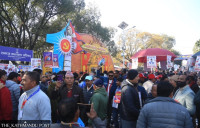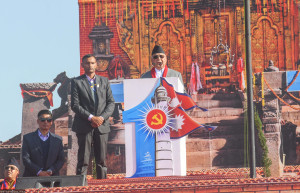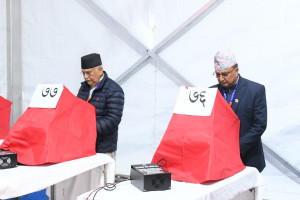Politics
As RSP expands, it is following in the footsteps of the old parties it despised
To achieve bigger electoral success, the two-year-old party now advocates stronger organisation. That might create its own problems, analysts warn.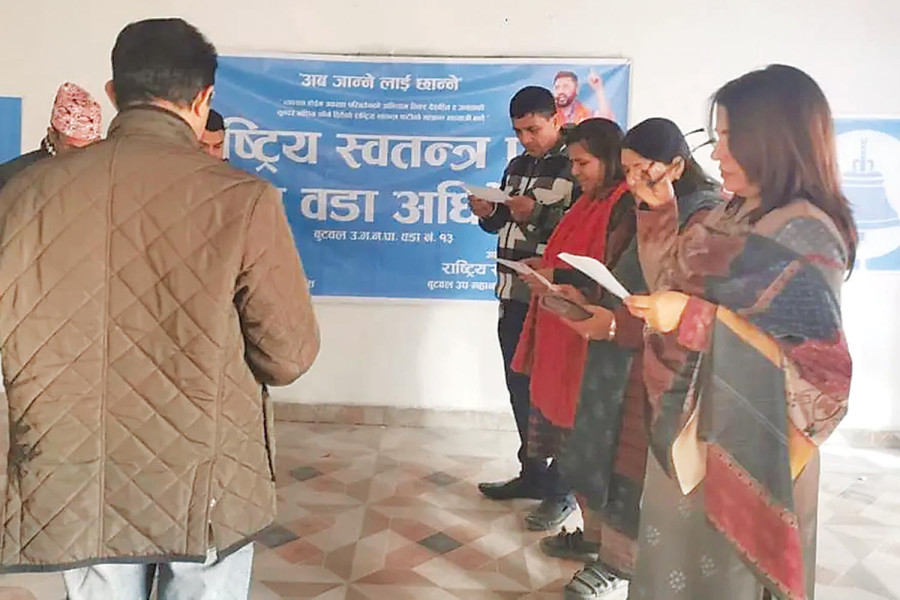
Purushottam Poudel
The Rastriya Swatantra Party (RSP) claims to be a ‘cadre-less party’ on its official website, under the section ‘How Are We Different?’.
The RSP emerged as the fourth-largest party in the House of Representatives from the November 2022 general elections, within six months of its registration with the Election Commission.
At the time, the party was truly an organisation without a cadre base and it emerged as a prominent political force by selling its anti-corruption agenda.
The three largest parties—the Nepali Congress, the CPN-UML and the CPN (Maoist Centre)—fight elections mainly based on their cadre strength across the country. Nepal’s communist parties are heavily dependent on their networks of cadres. Though the Congress used to claim to be a mass-based organisation, it has also become a cadre-based party with structures down to the 753 local units and deeper into wards and toles.
The RSP mentions on its website eight points to show how it is different from other parties. One of the points presents itself as a party without cadres.
Within two years of its formation, however, it is now considering building party committees down to the grassroots. The party plans to expand its organisation not only to local units but also their wards—just like the traditional parties.
Soon after being ousted from government last month, the RSP organised a closed camp in Kathmandu on August 2-3, which decided to form party committees at the local level and also to form shadow local governments.
It was the April Ilam by-election that changed RSP leaders’ perception and made them realise the importance of party committees at the local level.
Despite its high expectations and mobilisation of the party’s full strength at the Ilam constituency, the party lost the election. RSP leaders later concluded that the weak party organisation was to blame.
“A new party like ours has a weak organisation compared to more established parties. Due to this, the RSP could not do well in the Ilam-2 byelection,” Manish Jha, who then was the joint spokesperson for the party, had told the Post from Ilam.
The party’s closed camp last week provided 15 points of suggestion to the leadership. One concerned forming shadow governments at local units along with the expansion of party committees.
The 14th point is about “practising formation of shadow governments at local units in a phase-wise approach”.
“The closed camp advised the central committee to form shadow governments at the local level but that is not an official party decision,” acting general secretary Kabindra Burlakoti told the Post. “But the central committee will probably support this proposal.”
Despite the party officially announcing that it would be a cadre-free organisation, Burlakoti claims that the party has been constituting local committees since its formation.
Currently, it has formed committees in 1,800 out of 6743 wards and sees the possibility of expanding them to at least 4,000 wards.
Burlakoti says despite going down to the local level, the party won’t form large committees. But political observers are not convinced.
“Without cadres, no political party can form its committees,” Pitamber Bhandari, a political observer, told the Post. “Formation of local chapters is a shift in the RSP’s stance.”
The RSP, which claims to be an alternative political force, is considering following the footsteps of old parties by expanding party committees to the grassroots.
Suryaraj Acharya, a former leader of Bibeksheel Sajha party that championed the idea of alternative politics in the country, said the RSP seems confused about the party structure. Acharya, who also contested the second Constituent Assembly election from Kathmandu-2, said the Bibeksheel Sajha also faced a similar confusion then.
“Not only in Nepal, alternative political parties in other parts of the world also seem confused about their structures,” Acharya told the Post. “How can they lead alternative politics through a party similarly structured to old forces they so strongly criticised?”
Burlakoti does not agree.
“The structure itself is irrelevant when we make the committees small and disciplined,” he argues.
Bhandari doesn’t buy Burlakoti’s argument.
“When their party was in power, they recommended the party central committee member Arnico Kumar Panday as a member of the National Planning Commission. He relinquished party membership but when the party left the government, Panday resigned from the commission and rejoined the party,” Bhandari said.
“How is their approach different then?” Bhandari questioned.
Acharya doubts the RSP can reshape itself easily. They might also face difficulties in finding cadres at the grassroots level where the old parties have form bases. “Even if they find some people who can push their agenda through social media, it is difficult to find whole timers to run party committees.”
Acting general secretary Burlakoti, however, said the RSP’s structure will be different to that of other parties. “Even as the committees of other parties are more inclined to misuse the budget at the local level, our party won’t indulge in such things.”
Acharya recalls Bibeksheel Sajha’s mistake. “While we tried to give shape to the party structure, activists and some people without political culture joined us. This ultimately caused a lot of problems,” he said. “The RSP might face a similar problem if they are not careful.”




 7.12°C Kathmandu
7.12°C Kathmandu